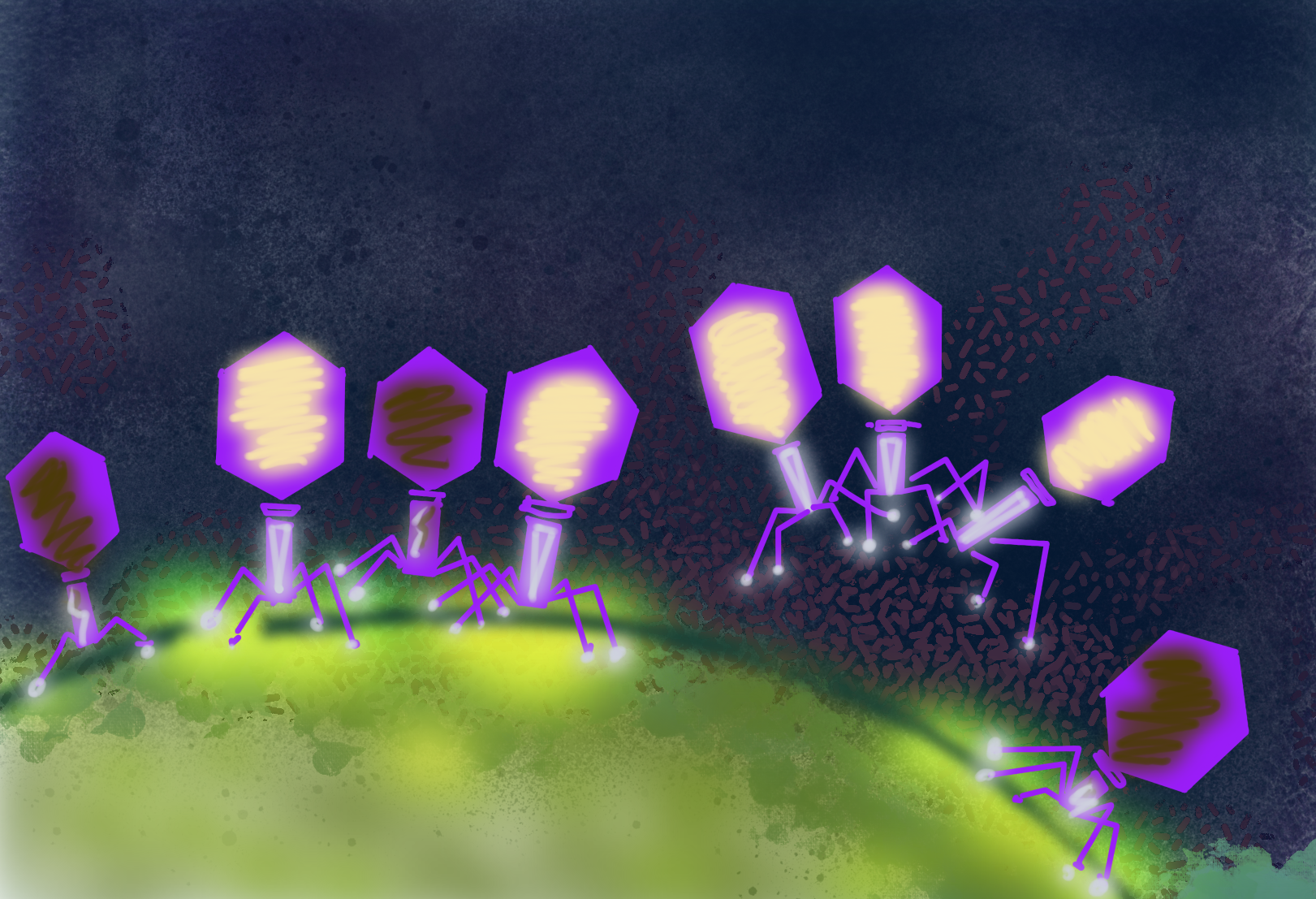
Deciphering the Functions Encoded in Phage Genomes
Scientists create a genome-wide map of gene activity in bacteriophages.

Scientists create a genome-wide map of gene activity in bacteriophages.

Assessing the genomes of soil bacteria around the globe, researchers identified three dominant life strategies linked to different types of soil.
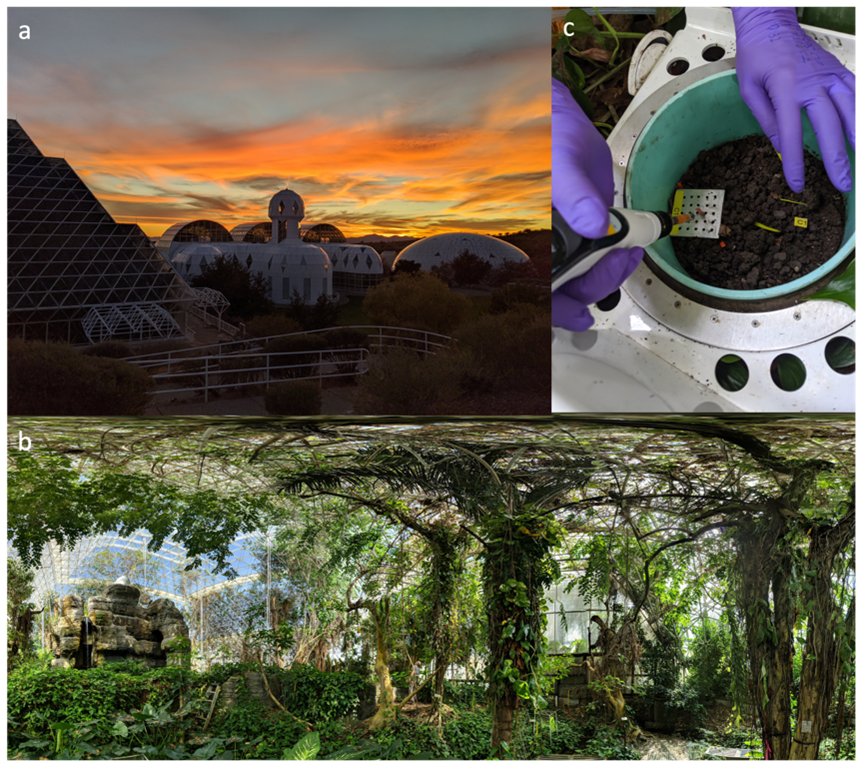
In a warmer world, microbes in drought-stricken soils convert less carbon to carbon dioxide and more to volatile intermediates.
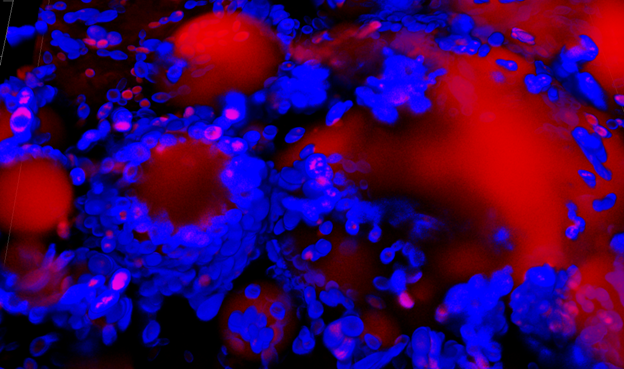
Yarrowia lipolytica reallocates its production of protein toward energy and lipid metabolism to grow on hydrocarbons and produce high-value chemicals.
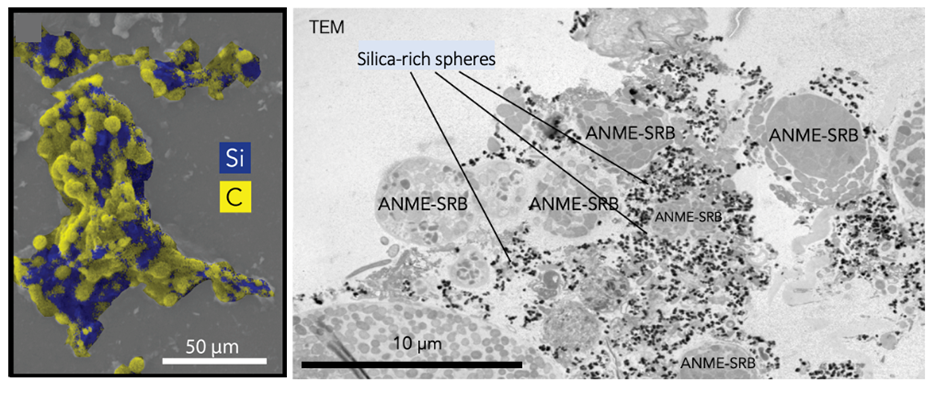
Microorganisms and their metabolisms help silica to mineralize near deep ocean methane seeps.
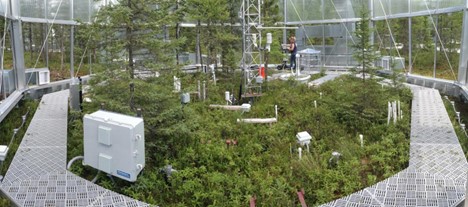
Experiments find increased temperatures and carbon dioxide rapidly altered peatland carbon stocks, highlighting peatlands’ vulnerability to climate change.
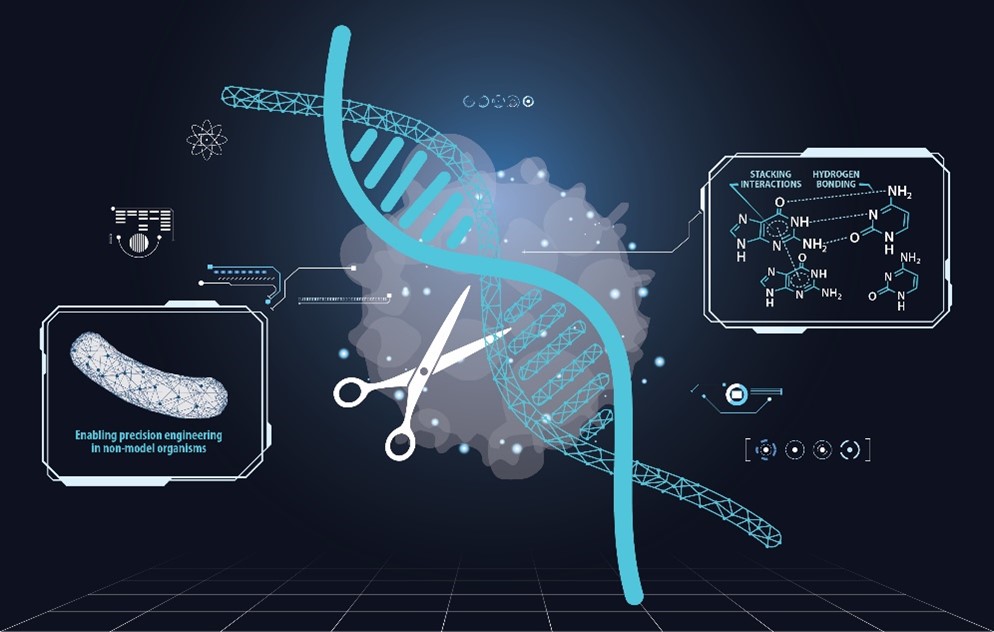
Improving genome engineering with quantum biology and artificial intelligence.
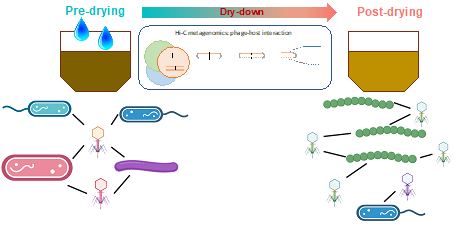
The first application of High-Throughput Chromosome Conformation Capture (Hi-C) Metagenome Sequencing to soil captures phage-host interactions at the time of sampling.
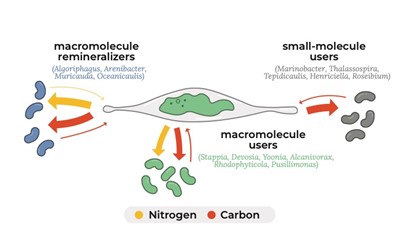
High resolution isotope analysis of the algal microbiome identifies ecological strategies not predicted by genome content.
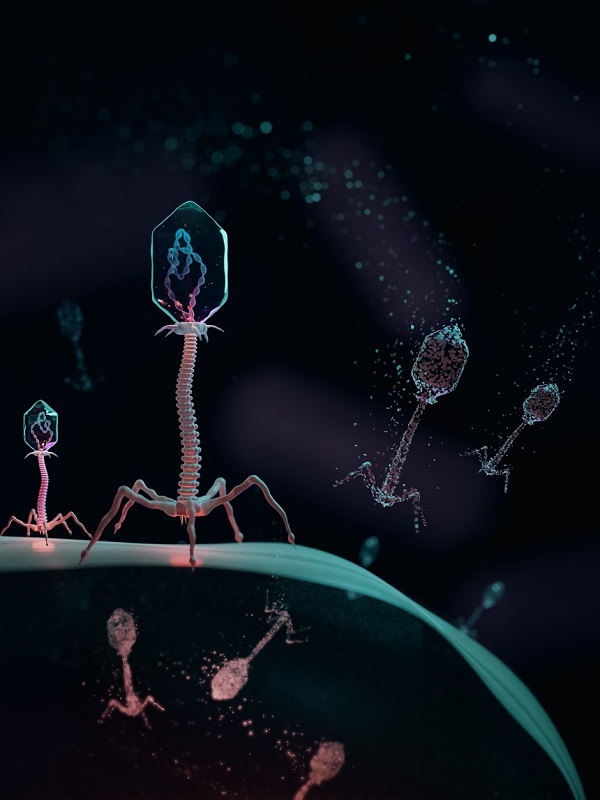
Scientists engineered a model bacterium's genetic code to make it virus-resistant and unable to exchange genetic material or grow without special media.
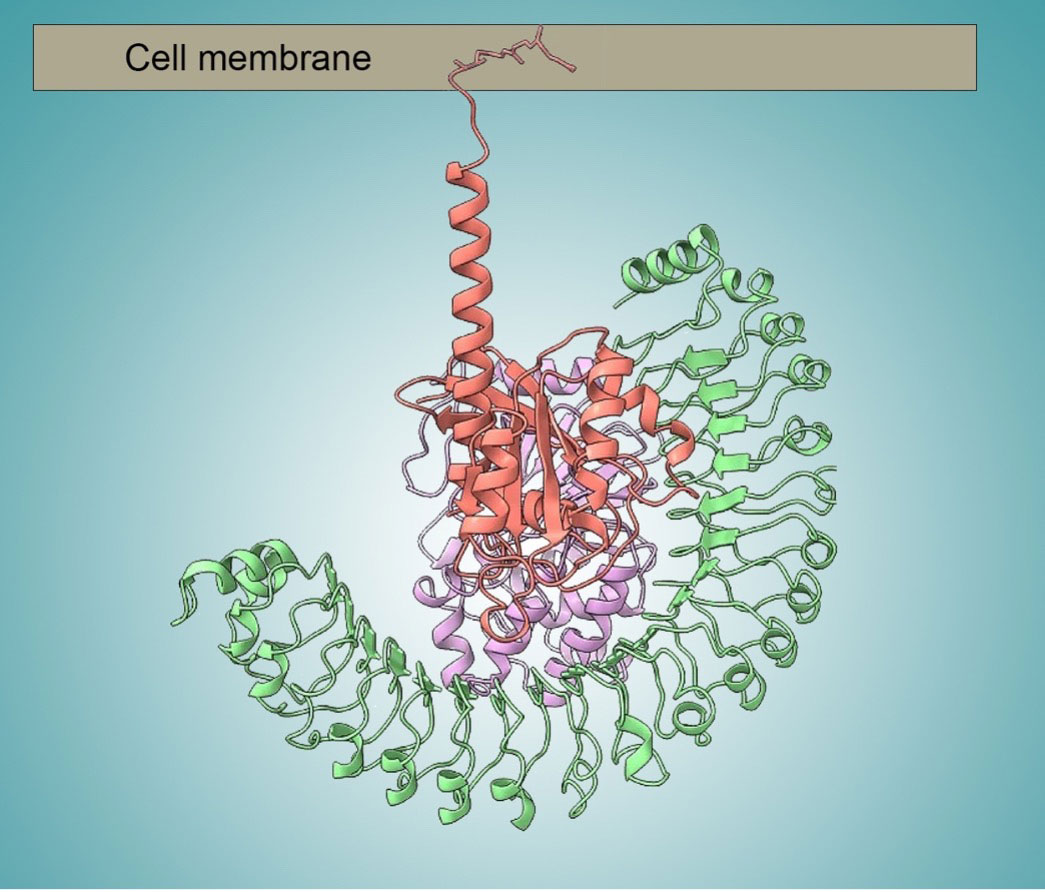
Three proteins work together to transmit signals for cell division, revealing new targets for cancer-fighting drugs.
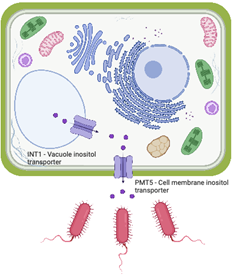
Scientists discover a mechanism for plant-microbe interactions.